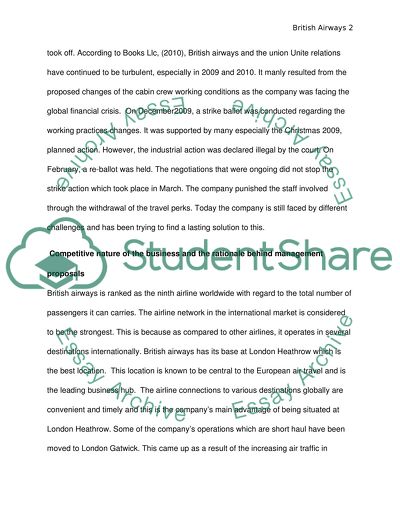Cite this document
(“An Assessment of British Airways Dispute and its Employee Relations Essay”, n.d.)
Retrieved from https://studentshare.org/environmental-studies/1420964-an-assessment-of-british-airways-dispute-and-its
Retrieved from https://studentshare.org/environmental-studies/1420964-an-assessment-of-british-airways-dispute-and-its
(An Assessment of British Airways Dispute and Its Employee Relations Essay)
https://studentshare.org/environmental-studies/1420964-an-assessment-of-british-airways-dispute-and-its.
https://studentshare.org/environmental-studies/1420964-an-assessment-of-british-airways-dispute-and-its.
“An Assessment of British Airways Dispute and Its Employee Relations Essay”, n.d. https://studentshare.org/environmental-studies/1420964-an-assessment-of-british-airways-dispute-and-its.


